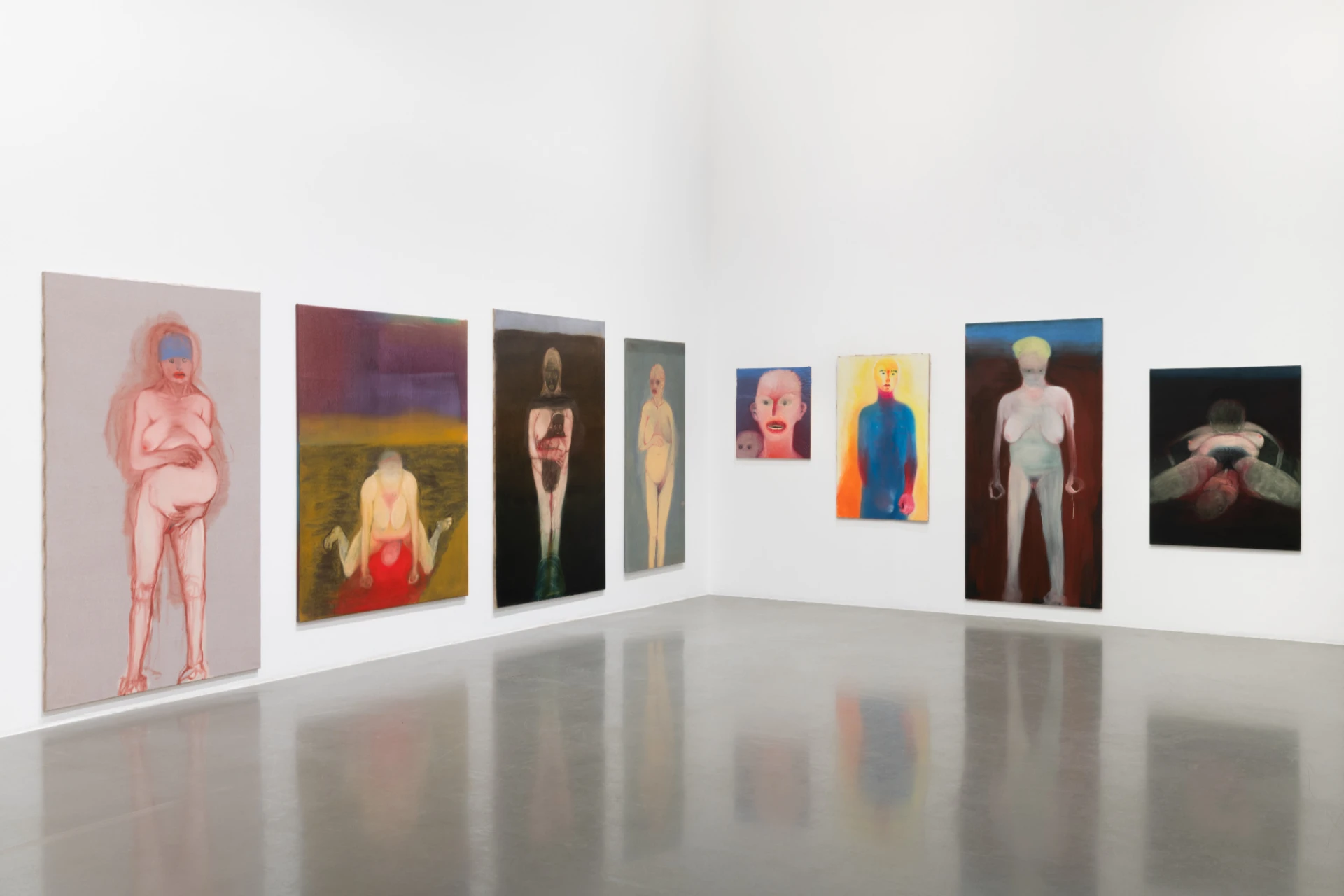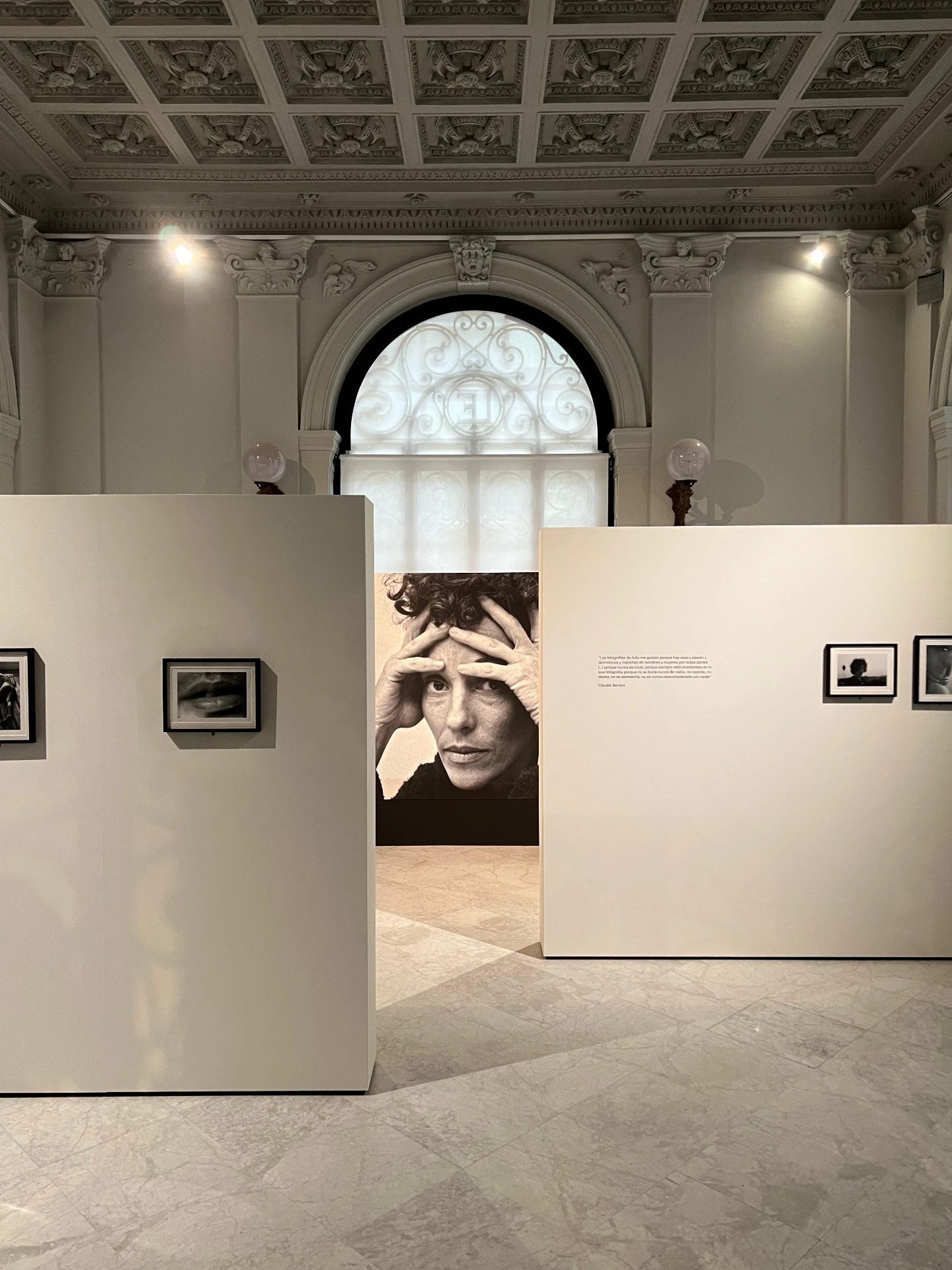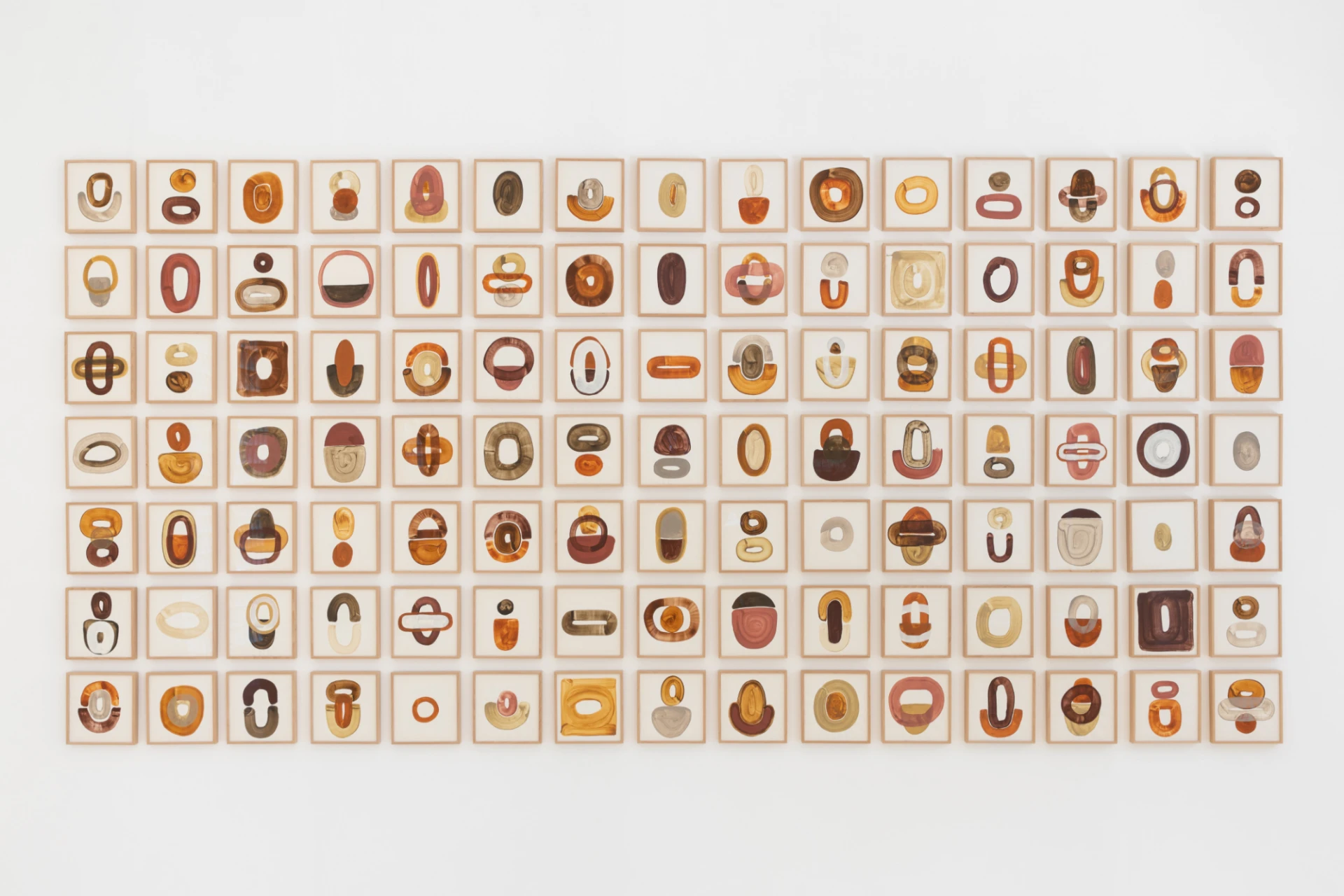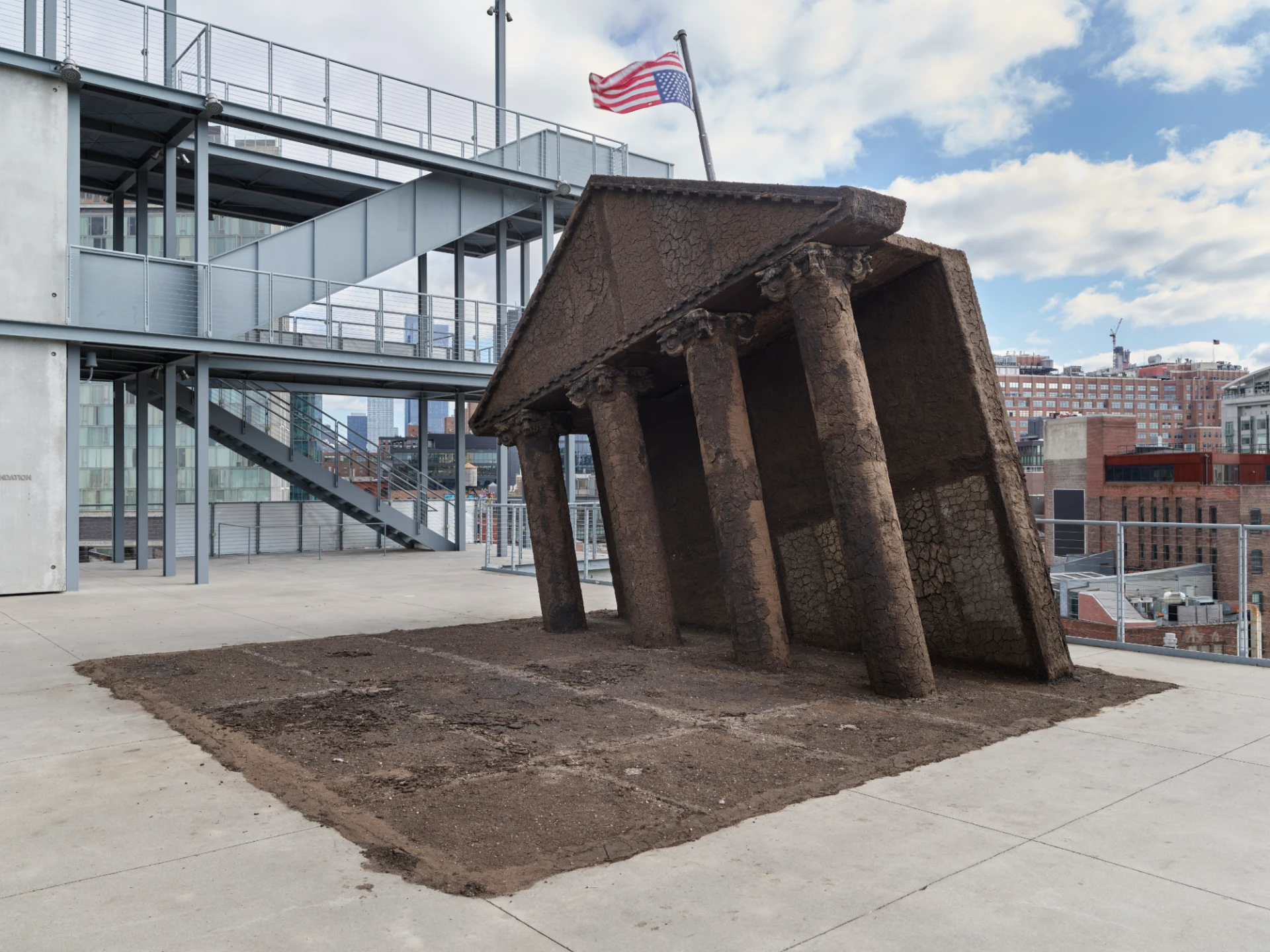article
Apertura Madrid 2025
UMBIGO travelled to Madrid at the invitation of Apertura Madrid.
10.09.25
9:30. It is rare to arrive at the airport terminal in time to sit down and have a coffee. I still had an hour and a half before boarding my flight to Madrid, where I would visit Apertura Madrid 2025, a four-day event that brings together numerous galleries in the city for a series of simultaneous openings. I have to start writing. On these occasions, it is good for the writing process to rush ahead of the event. While a certain distance can bring some clarity, writing should also be as imponderable and sincere as possible.
I dwell on a conversation that has come up frequently, that of non-places: train stations, hotel rooms, car parks and the façades that hide vacant lots in large urban centres. Are airports non-places? This time, I arrived at the airport in time to realise that there are people who inhabit them. And that inhabited spaces can never be non-places. Among the inhospitable corridors and departure lounges dazzled by a hostile white light, I see those who say goodbye, sometimes hesitant, sometimes without looking back. Those who stay behind – relieved or hopeful for a sign that those who are leaving may perhaps return. I see the bodies that arrive and the bodies that receive them. The bodies with open arms that welcome the newly arrived bodies. And the signs with the names that identify them among the crowd. The hugs and bodies still asleep after a night spent at the airport. The unusual ways in which bodies find to occupy spaces that do not want to receive them. There are delays in connecting flights and reckless youth, who insist on giving themselves over to the present at the cost of a poor night's sleep. And I see, above all, that this is not a place of passage because there are those who stay here: those who travel regularly, immigrants stopped at the border by the complexity of bureaucratic processes, and those who, for one reason or another - it is not for me to say - are building memories here. So, the question is no longer whether airports are non-places, but what to do with the places they take us to. Let's leave it at that.
The flight to Madrid was short. As always, shorter than the announced duration. I arrived at the hotel, from where I would soon depart with a group of journalists for the opening of Apertura Madrid in the gardens of the Lázaro Galdiano Museum. Interrupted by an unexpected downpour, the opening speech was also brief, but sufficient to clarify the intention of this 15th edition. More than 55 galleries, members of the Association of Modern and Contemporary Art Galleries of Madrid, came together for an event that aims not only to inaugurate the new exhibition season, but also to highlight the relevance of galleries in Madrid's cultural ecosystem and transform the city into a capital of contemporary artistic creation. Inside the museum, in dialogue with the architecture of the former home of a private collector, we were fortunate enough to be welcomed by our hosts and visit an exhibition that was only due to open the following day: Estado Fotográfico, by Chilean photographer Julia Toro. Between the gilded woodcarvings and the magnificent frescoes that adorn the ceilings, her black and white photographs burst forth like a whisper, filling the rooms of this house-museum with fragments that evoke domestic life, neighbourhood life, sexuality and intimacy. These are images that do not compete with the monumentality of the space, nor with the works of Goya and El Grego exhibited here - impressive both in their quality and their state of preservation - but which establish a dialogue between the contemporary and the classical, between the intimate and the historical. Perhaps this is precisely what remains - the strange familiarity of finding in this opulent and uninhabitable house some images that refer to a daily life lived in another latitude, but immediately recognisable.
We continued on to Casa Encendida, where the opening of the exhibition Oro tejido con paja was taking place, by Elena Mendizabel and Joan Rom, two important figures in their respective artistic contexts, the Basque Country and Catalonia. The result of an invitation from the Foundation to several artists who, due to their date of birth prior to 1965, were unable to apply for the Generaciones competition, aimed at artists under the age of 35, the exhibition brings together some of their most recent works. While Elena Mendizabal recovers an industrial aesthetic with a set of steel beams wrapped in coloured, misshapen wax, Joan Rom exhibits a set of pieces that investigate precisely the harmful effects of this industrialisation.
The body of work presented here derives from a close observation of the territory of Mont-roig del Camp, where the artist collects materials that are later subjected to an exercise in formal reinterpretation. Of particular note is the installation Erm, composed of small branches delicately altered so that their ends become pointed. Laid out on the floor, the piece reminds us of barbed wire that prevents trespassing, reminding us that human presence is not always welcome. And Crosta (2023), a sulphur tumour encrusted on a pillar in the gallery; a crustacean that finds a place of protection in the architectural space.
Also at Casa Encendida, we discover the project Los Rótulos de Paco Graco, by Mercedes Moral, Guillermo Borreguero, Jacobo Cayetano, Alberto Nanclares and Zuloark, who, since February 2017, have been collecting the illuminated signs of some of the city's emblematic establishments that have closed their doors. Over eight years of work, more than 300 signs have been collected, many of which are gathered in this interior atrium. We read the names of some spaces that still haunt the collective imagination: the iconic Fantastico nightclub, the Cafeteria Fátima and the Hermanos Gomez fruit shop. We see a kind of ghost town, a collection of Madrid's non-places. The walls reflect both the city's graphic heritage and its transformations, marked by the pressure of property speculation and the growing uniformity of the urban fabric. And if the question is no longer what to do with non-places, perhaps it is important, once again, to ask: what to do with places? The project offers some clues - first and foremost, we must learn to care.
The day ended with a warm late summer evening in a square surrounded by small Spanish taverns, where Madrileños gather after a day's work, talk loudly as only southerners know how, and stumble into the excesses of a metropolis that never sleeps. We share two or three words about the exhibitions we visited and our first impressions of the city. Four or five words about the reasons that brought us here. There are six of us at the table. Patatas bravas, jamón and bocadillos de calamares are served. Beer for everyone who is not allergic to gluten and a glass of wine for me.
11.09.25
It was an early start. I had breakfast and left before the scorching heat set in. I took a walk around the block where the hotel is located, in Cuatro Caminos. It is mainly an administrative neighbourhood, where the hustle and bustle starts early around the large offices. On the street, I see almost only men in suits, walking with long strides, the seams of their suits threatening to give way with every movement. There isn't much to visit here, but I am convinced that to get to know a city, you have to walk it with your body, feel the kilometres accumulated in your legs at the end of the day. Then we head to Lavapiés, a former suburb of the medieval city, where the Jewish and Arab populations were concentrated. Now it is a multicultural neighbourhood, marked by the presence of intellectuals, artists, immigrants, and also by strong political activism.
There were many galleries we had planned to visit. We started with Galería Hilario Galguera, which, at the time of writing, is hosting the exhibition My Butter is Better by Austrian artist and designer Stefan Sagmeister. The exhibition brings together a selection of 20 paintings overlaid with statistical diagrams that are visually vibrant and accessible to the non-specialist viewer. Using data extracted from global and national databases, the artist presents a counterpoint between historical images, the fatalistic narrative of the present, and empirical evidence of some kind of progress. This unexpected gesture of superimposition offers a hopeful view, which – as the title of one of the pieces on display suggests – tells us: Everything is going to be OK.
A few minutes away, still in the Lavapiés district, we passed by the Juan Silió Gallery, where we visited Juan López's exhibition Fuerza Matriz. Interested in transposing paper into sculpture, the artist takes the urban landscape, which is a driving force for artistic creation, as his starting point, appropriating its signs, forms, textures and patterns. The interest lies in the appropriation of these graphic elements, which are subsequently repeated and inverted to create a language capable of radically redefining space.
We also visited Mira Madrid, which was hosting the collective exhibition In an Infinite Ocean of Numbers, Sink or Swim in Logic, by Esther Ferrer, Tom Johnson and Isoldoro Valcárcel Media. I remember the gallery walls, entirely covered with hundreds of drawings on paper, rigorously framed and hung on a grid: visual interpretations of numbers, geometric shapes and mathematical systems that regulate the order of the cosmos; visual constructions that combine scientific rigour and interpretations that are already parallel to them.
We took a break for lunch. At the table, there were two Portuguese, one Spanish, one Italian, one Frenchman and one British. The conversation took place in Portuñol, Itanhol, Francespanhol, in a confusing and unlikely mixture of different languages. And if I sometimes feel embarrassed when trying to speak a language I don't master, this time I conversed without shame. I had recently read a poem by Douglas Diegues, an author who lives on the border between Brazil and Paraguay, and the project Portuñhol, a language of the future?, from Latin Loves magazine, still echoed in my mind. This seemed to me to be the most correct way to communicate. And the others did exactly the same. Language norms and grammatical rules lost their relevance in favour of a desire to listen to others. We shared a meal, a cultural appreciation for the time spent at the table, but also the ability to understand each other in this interlinguistic and cross-border space.
After lunch, we continued our visit to the galleries that were part of Apertura Madrid, this time in the Salamanca neighbourhood. Among the various galleries we visited, I would highlight Albarrán Bourdais, where we were welcomed by the artist Cristina Lucas, who was opening her solo exhibition e-conmotion. Recuerdos colectivos y futuros conscientes. On the first floor of the gallery, on a metal structure that dialogues with the industrial aesthetics of the space, we found two panels from her Composiciones series. The pieces, which are the result of an intuitive assemblage process, incorporate materials that refer to different phases of industrial history, from coal, iron, glass, resin, microchips and silicon wafers. These fragments interact with each other in a movement that seems to escape the artist's control and, at the same time, reveal that technological revolutions - and the discourses that sustain them - are not isolated historical events, but continuous processes with irreversible ecological, social, and political consequences.
The exhibition texts piled up in my bag and the countless exhibitions began to form a blurry stain in my memory. We called it a day. I had huevos rotos for dinner at a small restaurant near the hotel and went to bed early. The press programme was over and the next day promised to be a little freer.
12.09.25
I saved the last day of my trip to visit, at my own pace, some of the places I had not yet seen. I repeated the route from the previous day: a first tour of the block around the hotel and then I walked along the now familiar streets. Still in the morning, I visited the exhibition by C.A.D.A (Colectivo Acciones de Arte) and Lotty Rosenfeld at Mira Archiv, a laboratory dedicated to the conservation, digitisation and classification of archives. The exhibition, which brought together documents, photographs and records of some of the main actions of the Chilean collective - active during the Pinochet dictatorship - seemed to condense many of the themes that ran through my stay in Madrid.
Created by artists, writers and intellectuals - including Lotty Rosenfeld, Diamela Eltit, Raúl Zurita, Juan Castillo and Fernando Balcells - C.A.D.A. understood art as a tool for resistance and political intervention, moving it out of institutional spaces and into the public sphere. Among the works presented, Una milla de cruces sobre el pavimento stood out, an individual action by Lotty Rosenfeld that would become one of the most recognisable gestures in 20th-century Latin American art. Using white adhesive tape, Rosenfeld modified the continuous lines of the streets, transforming them into crosses. This simple gesture, repeated in different geographical locations, from Chile to Germany, from the Atacama Desert to the British Parliament, sought to question the boundaries of power, movement and obedience. The works spoke to us about limits – physical, political and geographical - but also about the possibility of destabilising them. About places and about how disobedience can ultimately be a way of inhabiting them.
There were still a few hours to go before my flight back to Lisbon. I went to El Retiro Park, next to the Crystal Palace. I lay down on the grass. I wanted to write, or at least find a common thread for everything I had visited. This is always the great challenge of travelling, where things unfold at an unparalleled speed, faster than writing can ever keep up with.
What remains, then? The boundaries - not always visible - that have been crossed during these days: between languages, between public space and galleries, which so often open up to the city and its concerns. What remains are the places we inhabit as a starting point for artistic practice, and practice as a form of interference in those same places. The blurred boundaries that bring so many Latin American artists to Spain. And above all, there remains the impression that these issues - the colonial legacy, the ecological crisis and speculation about cosmos and possible futures - resonate in Madrid with the same urgency with which they cross borders in the world of contemporary art. All this remains and, above all, a desire to return.
BIOGRAPHY
Maria Inês Mendes is studying for a master's degree in Art Criticism and Curatorship at the Faculty of Fine Arts of the University of Lisbon. In 2024, she completed a degree in Communication Sciences at the NOVA University Lisbon. She writes about cinema on CINEblog, a website promoted by NOVA's Philosophy Institute and completed an internship at Umbigo Magazine, where she continues to publish regularly. She also collaborates with BEAST – International Film Festival.
ADVERTISING
Previous
article
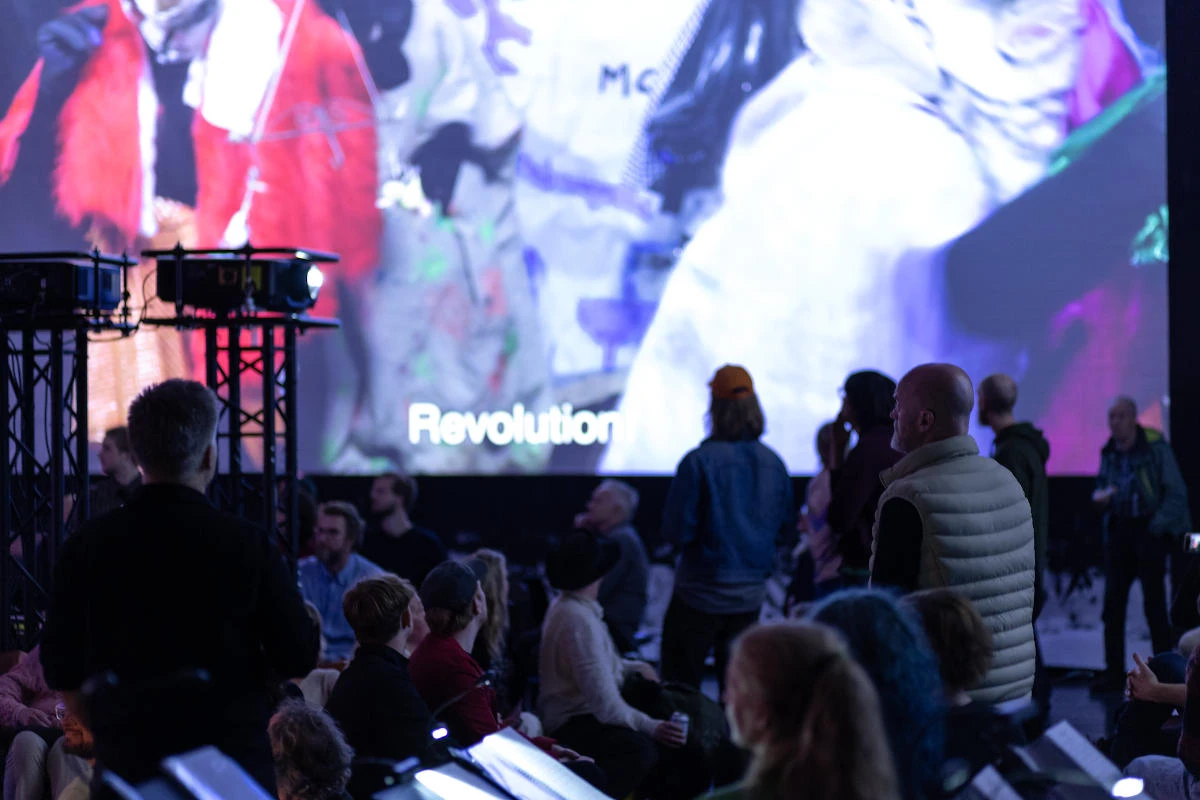
24 Sep 2025
Ultima 2025 - Oslo Contemporary Music Festival
By José Pardal Pina
Next
article
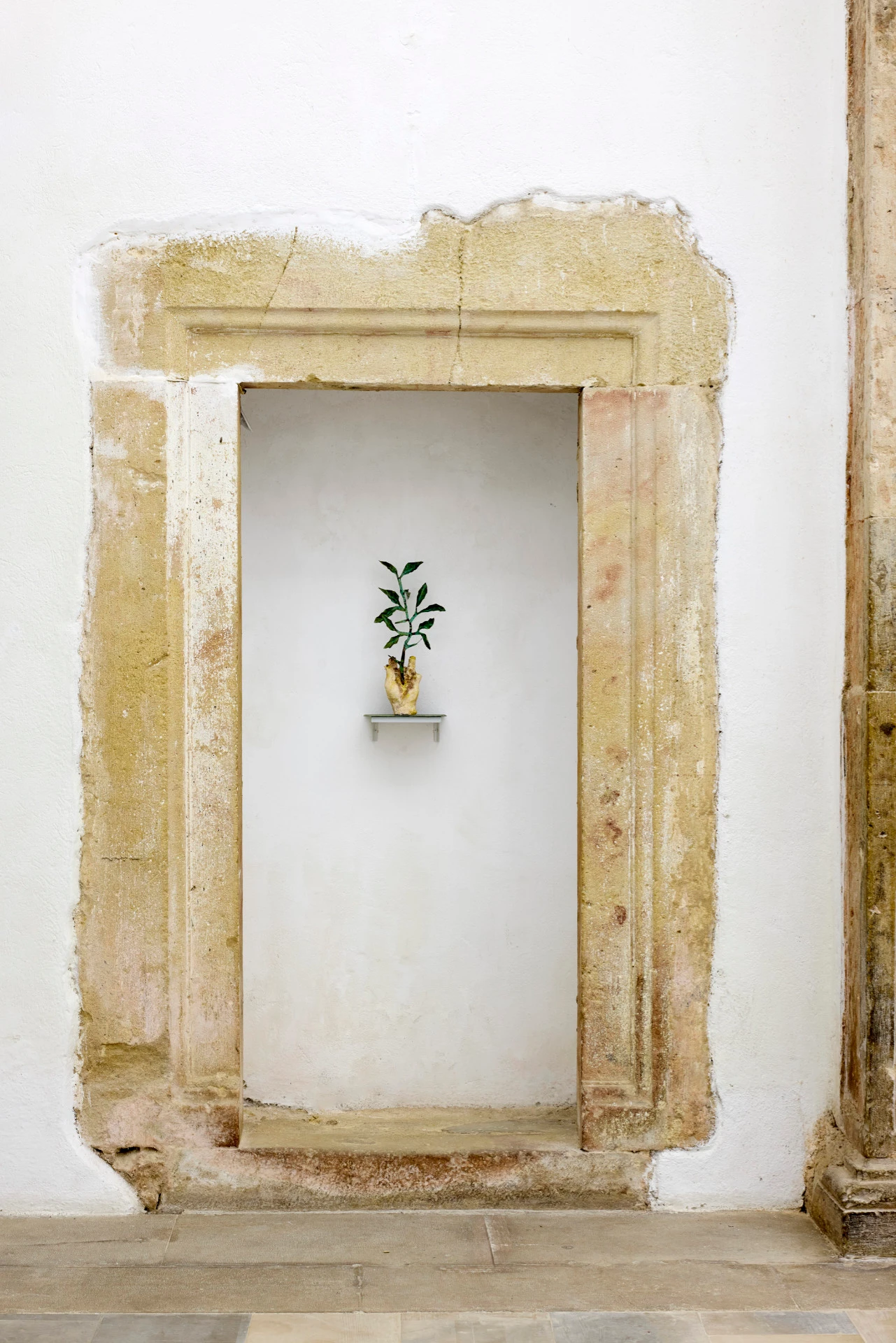
01 Oct 2025
By Ana Isabel Soares
Related Posts
